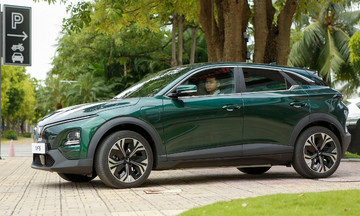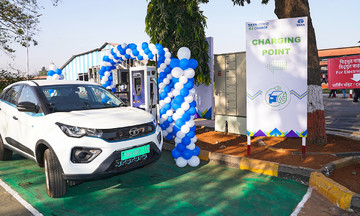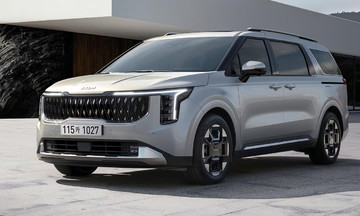Dashcam footage shows a car stopped at an intersection in a service area in Beihai, Guangxi province. The occupants are laughing and talking when suddenly, a bright flash of lightning and three loud bangs strike a car ahead of them.
The driver of the struck vehicle, a BYD Song Plus electric vehicle (EV), immediately brakes. The occupants are unharmed.
The car was subsequently inspected. No short circuits were found in the battery pack, electronic control unit, or motor. The inspection identified two strike points on the roof, but the rest of the exterior and the interior were undamaged.
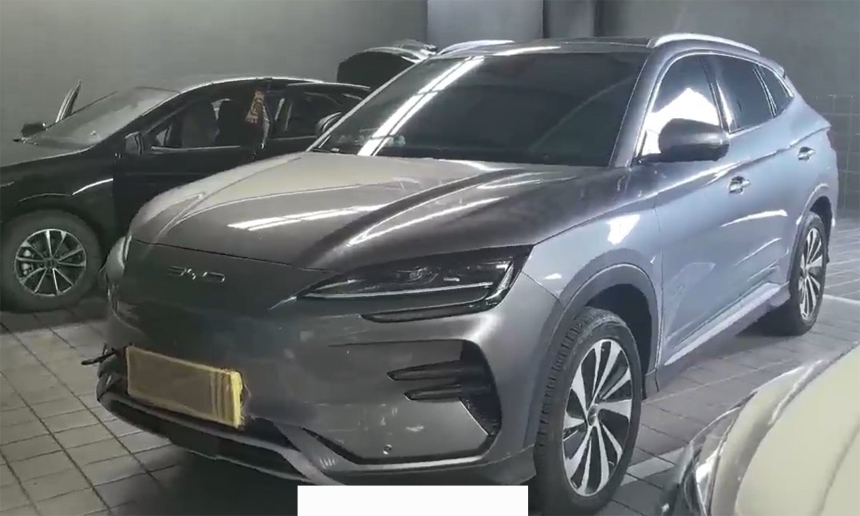 |
The BYD Song Plus EV at the dealership for inspection after the lightning strike. Photo: Weibo
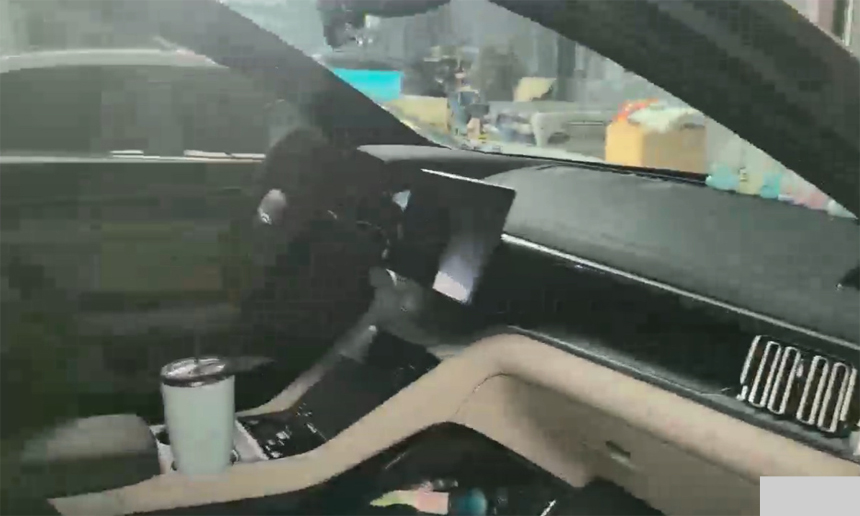 |
The car's interior was unaffected.
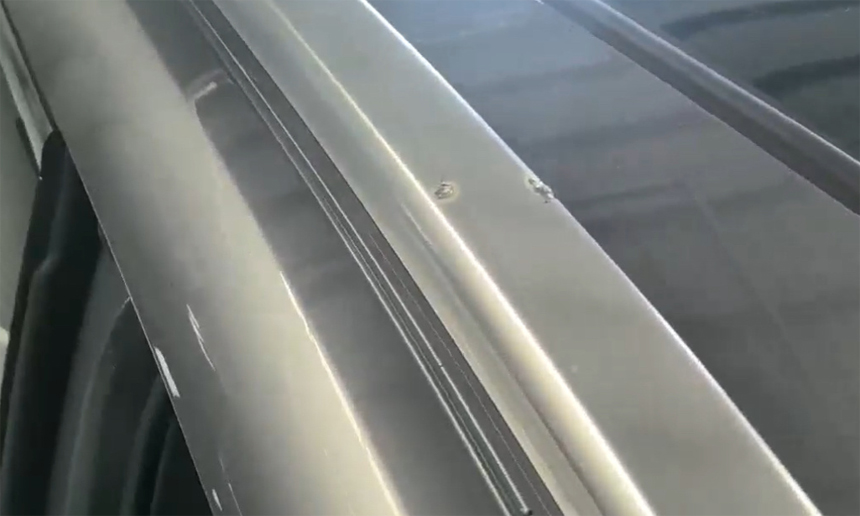 |
Two lightning strike points were found on the roof.
Experts explain that the interior of a car with a sealed metal body acts as a relatively safe shelter during a lightning strike due to the Faraday cage effect. When lightning hits a car, the current travels along the metal body to the ground. Occupants inside remain safe because they share the same electrical potential as the car body, preventing electrocution.
According to CarNewsChina, drivers caught in thunderstorms and lightning strikes should immediately turn off all electronic devices, including the engine, audio system, and radio. All antennas should be retracted, and windows fully closed to ensure a completely sealed space. Unless there's a fire or immediate life-threatening danger, occupants should remain inside until the lightning subsides, following the "30-minute rule" – waiting 30 minutes after the last thunderclap before exiting.
If windows are open, if passengers touch metal parts, or if they're using electronics connected to an external power source, there's still a risk of electrocution. While the car's exterior won't catch fire due to its conductivity, the high-voltage current can damage electronic systems like the central control, navigation, or sensors.
My Anh







